This entry includes a walking tour! Take the tour.
Introduction
Text-to-speech Audio
The early 19th-century Belmont estate was the country home and studio of prominent portraitist, muralist, and internationally renowned American Impressionist painter Gari Melchers (1860-1932). The house contains Gari and Corinne Melchers’ original furnishings and personal art collection. The studio houses over 1600 works by Melchers, and the 27-acre grounds feature restored formal gardens and miles of walking trails. Gari Melchers Home and Studio (GMHS) is a historic house and art museum which celebrates Gari Melchers' career. Melchers lived and worked at his late 18th-century estate, Belmont, in Falmouth, Virginia, the last sixteen years of his life. The artist’s widow, Corinne Lawton Melchers (1880-1955), deeded the property in its entirety to the Commonwealth of Virginia in 1942, providing that it serve as a memorial to her husband’s life work and as an art center for the community. Following her death in 1955, the University of Mary Washington assumed management of the property and pursued designation as a National Historic Landmark, which it earned in 1962. In accordance with Mrs. Melchers’ will, GMHS opened to the public in October 1975. In 2000 GMHS became a founding member of the Historic Artists’ Home and Studios network, a coalition of 44 museums that were once the homes and working studios of American artists. Of those, GMHS is one of the best-preserved, owing to the largest collection of the Melchers’ anywhere, his fully furnished home and studio, the artist’s personal collection of art, and an extensive archives. In 1994, the Garden Club of Virginia restored the gardens and grounds according to the design plans laid out by the artist and his wife in the early 1920s.
Images
American Artist Gari Melchers (1860-1931)
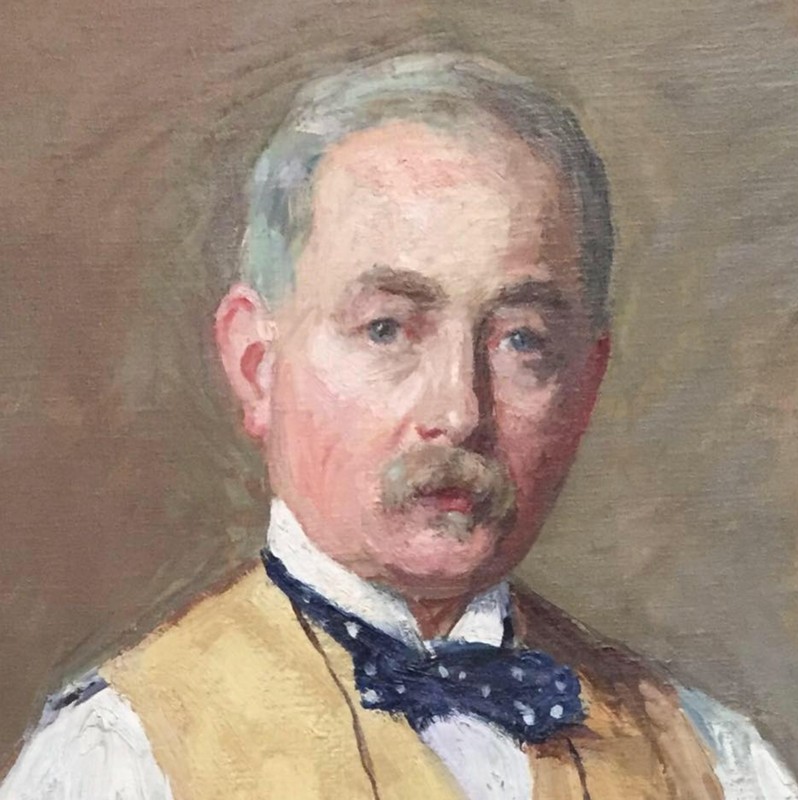
Studio Interior

Artist Studio and Galleries
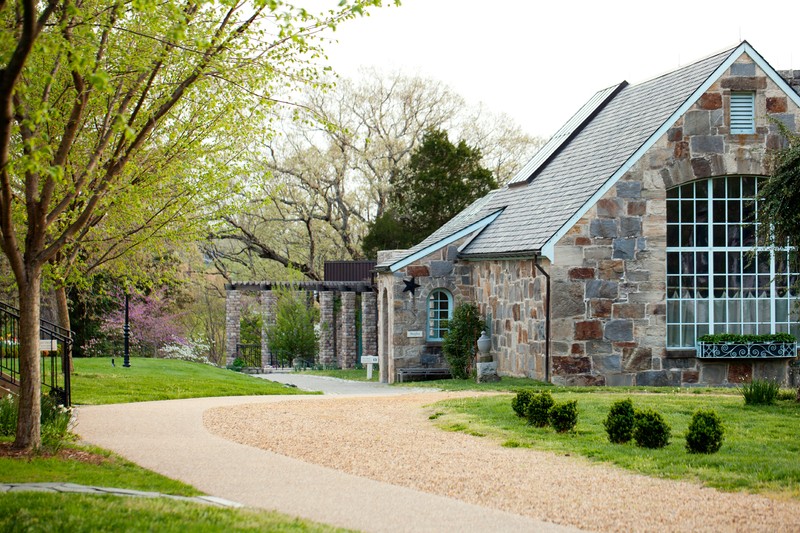
Historic House and Studio
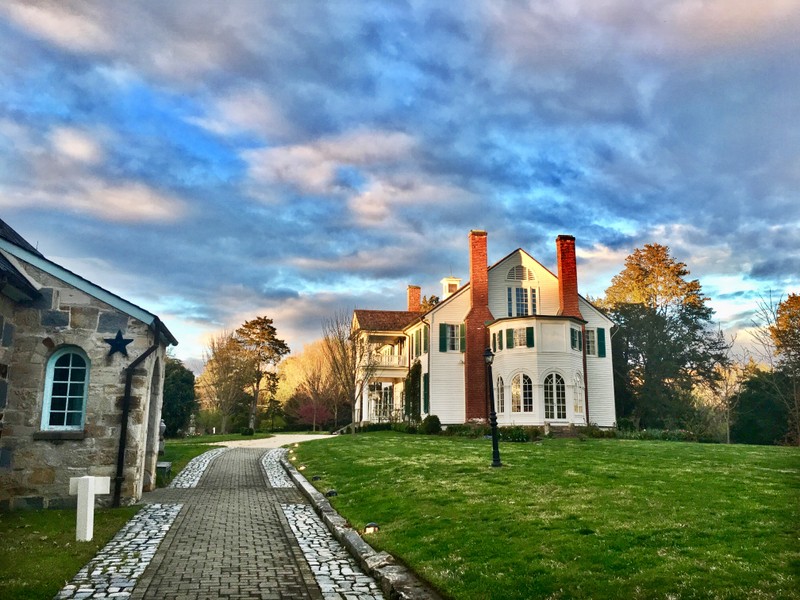
Studio Gallery Interior
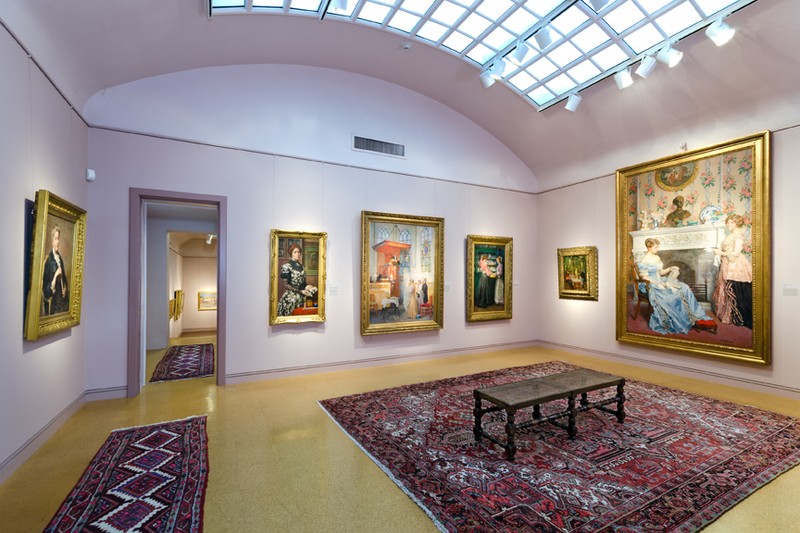
Studio Vignette
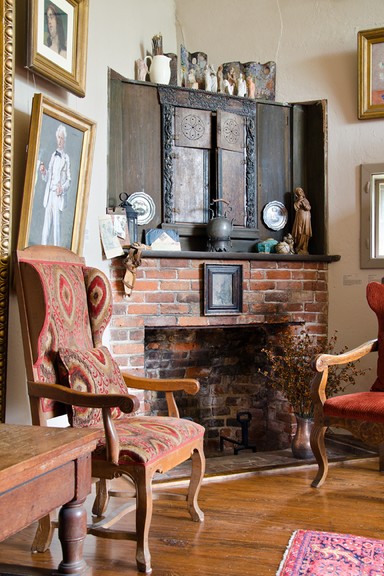
Historic House

Outbuildings
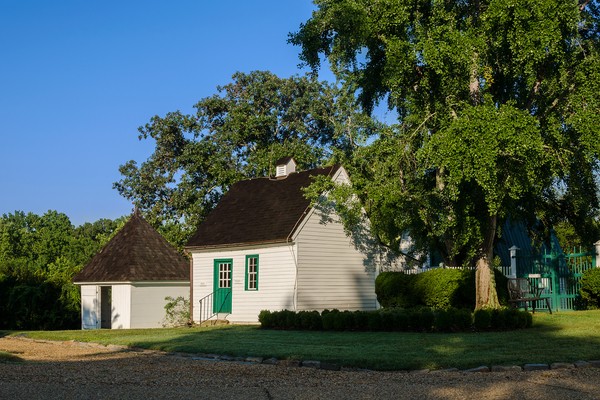
Walking Trails

Historic House

Field Trips
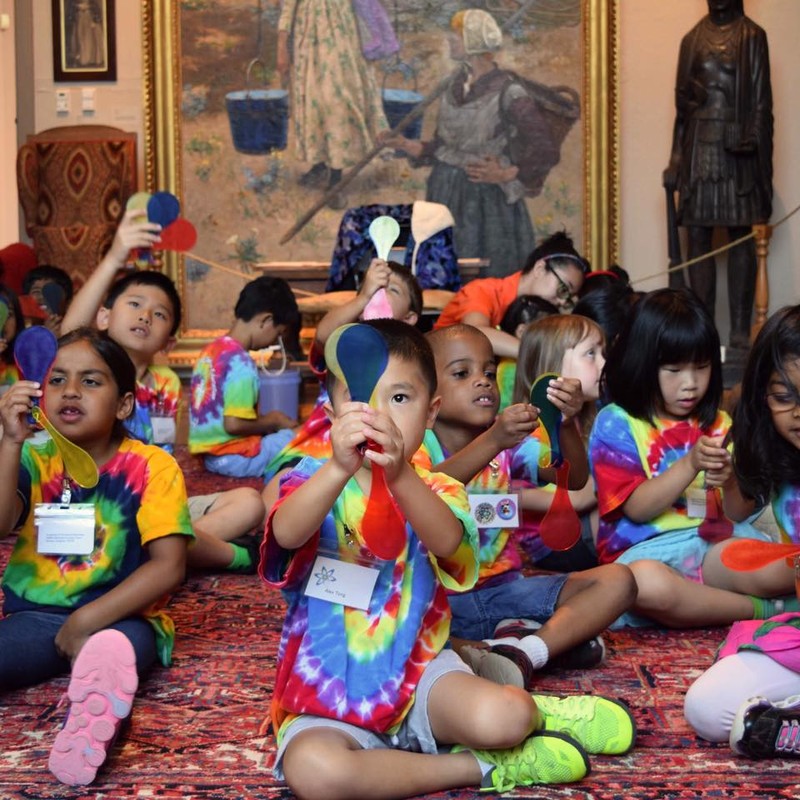
Roses on Wall
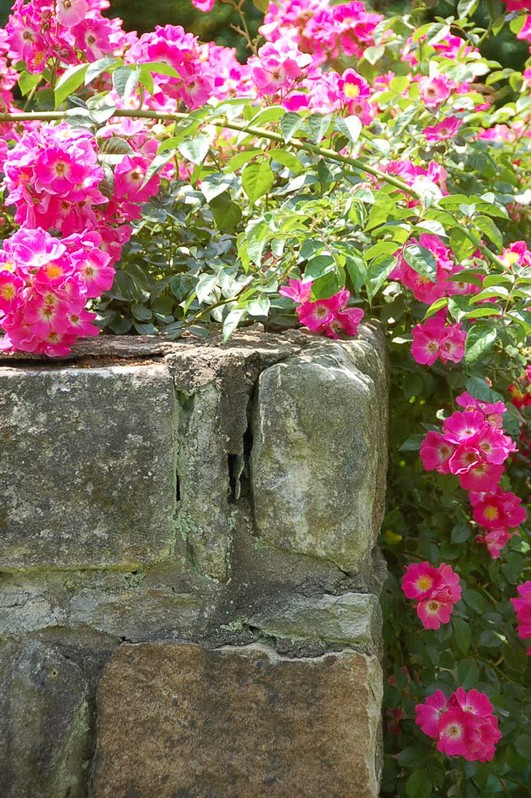
The Choirmaster by Gari Melchers
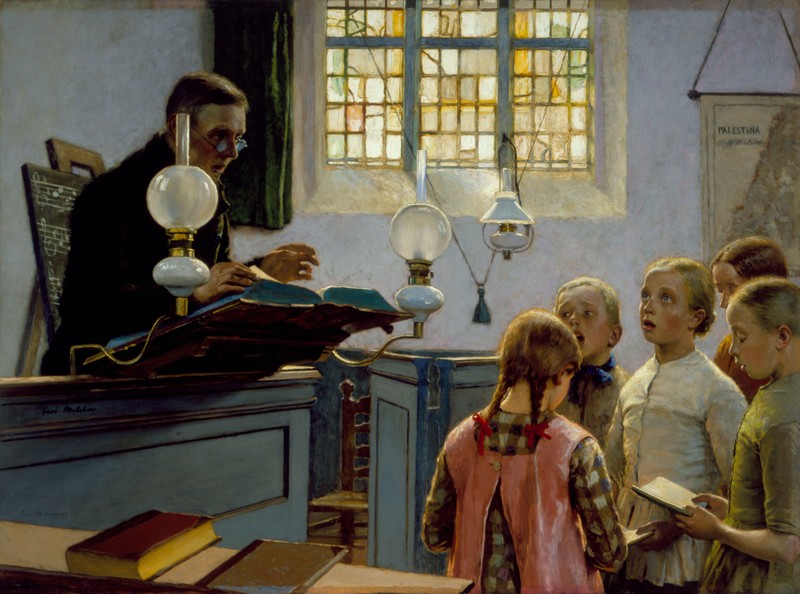
The Open Door by Gari Melchers

In Holland by Gari Melchers
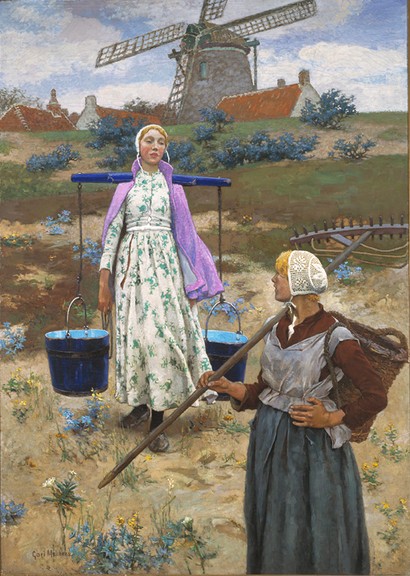
Early Spring Landscape by Gari Melchers
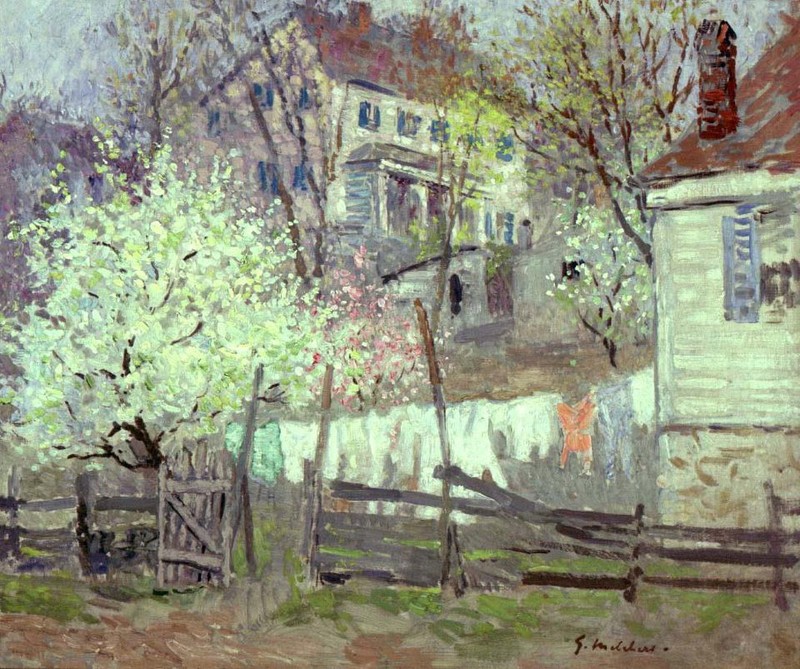
Backstory and Context
Text-to-speech Audio
Backstory
GMHS is like no other Virginia site of historic significance. The house has a pedigree that dates it to the last years of the 18th century and its history of ownership is representative of a leading class of citizens responsible for the growth and culture of the region right through the American Civil war, through Reconstruction and into the 20th -century. But the latter chapters of Belmont’s history tell a unique tale, not about colonial revolutionaries or the ghosts of Civil war dead, but something unexpected; it is the workplace of a fertile artistic mind and a hospitable southern way of life and sanctuary, the last home of a famous American artist, who left his lasting imprint on the future of the property and on the cultural makeup of the surrounding community.
Like most aspiring American artists of his generation, Gari Melchers pursued European training, acquiring a solid academic foundation that served him well as a figure painter. At an early age and continuing throughout his career he was a critical and commercial success. As an expatriate with studios in Paris, Holland, and Germany, he built his reputation on an astonishing array of themes, including portraiture, murals, the nude, everyday scenes of the working-class Dutch, the traditional sphere of women and their children, and finally, figurative landscapes. He is recognized for his penchant for exuberant color and the diversity of his artistic approaches, working in a style that can be broadly characterized as academic realism or naturalism, sometimes incorporating symbolist and religious overtones, and executing landscapes marked by gestural brushwork and sensitivity to atmospheric light and color, qualities causing Melchers to be associated with the American impressionism. For a time, his name slipped from prominence, but his work reflects an important phase of American artistic life as it came of age in the modern world and occasionally commands blue chip prices in today’s art market. GMHS at Belmont has become a “must” destination for lovers of early 20th -century American painting. The site is perhaps most attractive to visitors because of the intimate glimpse it provides into the life of a creative genius who equally rubbed elbows with the rich and famous and his own rural neighbors.
While the artist maintained commercial headquarters in Manhattan after 1916, Gari and Corinne Melchers purchased the early 19-century Belmont estate in 1916 to serve as a welcome respite from their travels and his hectic work schedule in the city. Portrait clients, having heard about this picturesque retreat, often chose to sit for the artist at Belmont rather than in the city. And then too, Melchers discovered such endless beauty and inspiration in his garden, the surrounding village and its inhabitants, that one has to wonder how much rest he actually got. This became the idyllic setting for the couple to entertain family and friends, with a guest list often including prominent figures of the day like Calvin Coolidge and David Lloyd George.
Because the couple had no direct heirs, the house is largely undisturbed, being richly appointed with personal ephemera, and art and antiques inherited or collected throughout their travels and which reflect their very personal and eclectic tastes. Notable works include art by the American painter Raphael Peale; paintings by 17th -century old masters like Frans Snyders, Wybrant de Geest, and Bathazar van der Ast; and the work of his fellow American expatriates, George Hitchcock, Walter MacEwen and James J. Shannon.
The studio, a rarified cultural experience for American tourists, was built in 1924 according to the artist’s specifications. It is appointed with Melchers’ furniture, tools and equipment and over 1600 works by his hand, including extensive holdings of preliminary sketches and studies, providing a rare opportunity to examine an artist’s personal methodology.
Belmont is picturesquely situated on a ridge overlooking the Rappahannock River across from historic Fredericksburg, Virginia, with its close associations with the Washingtons, America’s first family, and the Civil War. The site of Belmont cannot be interpreted without mention of the development of the estate prior to the arrival of the Gari and Corinne Melchers. The Ficklen family developed the property, much of it by slave labor, over 90 years of ownership, and the tribulations of the Civil War within its boundaries, particularly the Battle of 1862, is a fascinating chapter of the Belmont story.
Inspired by the revivalist spirit of their day, the Gari and Corinne aimed to enhance the colonial air of their storied property, further developing the immediate lawns around the house with old fashioned box parterres, perennial gardens, a vegetable garden, a fruit orchard, and their old cow-paths to the river now serve as a few miles of walking trails. The mid-19th century horseshoe-shaped stairs at the front elevation of the house, highly admired for its decorative beauty and combination of cast and molded iron-work, must have been a source of great pride for the couple who photographed it often. They further embellished the grounds with a handsome summer house, picturesque farm buildings and gates, stone walls, and sculpture. They raised turkeys, often the centerpiece of holiday meals, and featured ice cream at many events, made from the milk provided by their dairy cattle.
Conclusion
Gari Melchers Home and Studio literally reverberates with its past, with the result that it is one of America’s best preserved and most richly detailed artist studios and residences. One half expects Gari and Corinne Melchers to walk through the door at any moment, so redolent are their spirits here. But Belmont has a continuing relevancy, serving a vital purpose as the art center that Mrs. Melchers had envisioned, where school-age children create art, university students of art and art history enjoy practical experience in their disciplines, the public attends intimate chamber music in a historic setting or concerts on the lawn, and experts present engaging cultural topics for all ages.
Cite This Entry
Gari Melchers Home & Studio and Michelle Crow-Dolby. "Gari Melchers Home & Studio." Clio: Your Guide to History. September 2, 2024. Accessed July 30, 2025. https://theclio.com/entry/99959

